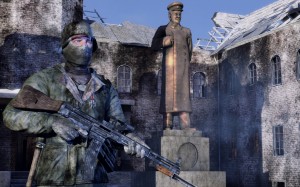 Red Orchestra 2: Heroes of Stalingrad is the second World War II First-Person-Shooter (FPS) installment in the series by Tripwire Interactive. The game is only available on PC and can be purchased on the Steam marketplace. At the time of its initial release, I would have told you not to fork over the $40 price tag and instead work on your tenth prestige in Call of Duty. After extensive patching, however, I think the game is worth playing, though it’s still not for everyone. Red Orchestra 2 makes the mistake of venturing into territory that larger companies were smart and/or lazy enough to avoid. That territory? Unrelenting realism in a video game.
Red Orchestra 2: Heroes of Stalingrad is the second World War II First-Person-Shooter (FPS) installment in the series by Tripwire Interactive. The game is only available on PC and can be purchased on the Steam marketplace. At the time of its initial release, I would have told you not to fork over the $40 price tag and instead work on your tenth prestige in Call of Duty. After extensive patching, however, I think the game is worth playing, though it’s still not for everyone. Red Orchestra 2 makes the mistake of venturing into territory that larger companies were smart and/or lazy enough to avoid. That territory? Unrelenting realism in a video game.
If you hear someone mention how realistic Call of Duty or Battlefield is compared to other FPS, it’s perfectly warranted to not pay them much attention. Everyone knows that you don’t lose sight of the entire rest of the world around you when you look into a scope. Everyone knows wounds do not heal magically over time. Everyone knows you can’t sprint forever. Tripwire Interactive especially knows and shows this in their game. There are a lot of solid features present in the game that lend more realism to a genre that some might say sorely needs it. However, when implemented in conjunction with all the other features, the individual aspects seem to fade away into a large mass of something that is rather unappealing. Red Orchestra is less orchestra, more really great group of musicians gathered around without a conductor. Am I calling TripWire a poor conductor? No, but I don’t feel they utilized all of their impressive features in the best way possible.
To cover the basics, the graphics are rendered using the Unreal Engine 3, so it’s obvious for me to state they’re up there with some of the best I’ve seen in a PC shooter. Red Orchestra 2 even managed to make the game less gray than I would have imagined for a game of this subject matter on an Unreal engine. Backgrounds are never still, even when players and NPCs may not be present. The ambient theater is brimming with life and great physics when you shoot it, as well. If you don’t have the best PC out there, the menu offers a variety of good options. Even when you’re at the highest setting though, there is a loss of some texture and authenticity of your surroundings. Voice acting is typical, but the sound effects are well implemented. That is, when bugs aren’t ruining either the visuals, audio, or gameplay. Heck, some bugs even kept me from playing the game for nearly a week and after multiple attempts of uninstalling and reinstalling the game. I’m not going to hold this against the game, since it could have just as well been an issue with Steam, but that’s not to say there weren’t plenty of other bugs in the game that were later fixed through comprehensive and numerous patches.
This game starts you out on the Axis side of World War II as a solder in the German army just before the Battle for Stalingrad. Play through and beat single-player campaign to play on the Allies side as the Russians. On both sides, expect stereotyped accents spoken in English, cliched portrayals of Army leaders, and lots of respawning. Not respawning as your same soldier, mind you, but as other soldiers in your team as you fight to take down the next goal. Single-player campaign, if you’re lucky enough to not meet my fate and have a glitch prevent you from leaving the tutorial the first few times around, is basic, yet far from simple. Death awaits you at every sandbag and out of commission vehicle that litters the battleground, yet how many times you die does not affect your progress. The game offers little assistance with aiming and using scopes, as well as displaying the direction of attack in the most subtle way possible. Tank gameplay is more realistic and fulfilling in this game than any other FPS I’ve tried. There are many different ways to man the tank, and the thought put into it surpasses anything I’ve seen before.
Despite the ability to tear things up in high style with your tank, failure in this FPS compared to commonly played titles can arch much higher. To make sure you don’t miss out on every act past the first one, the game has implemented the ability for the story to continue even when many of the soldiers you controlled have died. This is the biggest problem for me in the utilization of realistic features. While the realism lends a touch of how dire and unpredictable war really is, it also keeps the player from establishing any real bonds or connection with their side during conflict. Every soldier is a nameless pawn, and even having great skill in the game is not enough to stave off death in all cases. Lifting the veil of the fantastic only keeps the player from investing their imagination and devotion to their level of gameplay. This is most obvious when players are constantly jerked away from the battle scene, only to watch the story unfold in the same manner with or without their assistance.
As with most FPS, multi-player offers a unique experience and alleviates some of the issues I had with the single-player. Difficulty in this game is only as hard as your opponents. This means that in some cases, playing multi-player might offer you a more fulfilling tutorial than single-player, which is a big departure from most FPS games. Multi-player offers a greater sense of camaraderie, especially for those who make or join a clan and have their official clan logo image in the game. Varying game types are offered in multi-player, such as: campaign; firefight, (team deathmatch); countdown, (timed team missions); and territory, (capture the flag, minus the flag). All of these were fun in their own way, and I felt much more immersed in the battlegrounds once I found a solid team to join me.
While Red Orchestra 2 is not a perfect game in terms of keeping a handle on bugs or gameplay, it is a great example of boundaries being pushed in a genre that many would call stale. WWII shooters have seen their heyday come and go, but they’ve yet to see the end of innovation and worthwhile gameplay, as Red Orchestra 2 has shown. If you’re looking for stellar single-player, maybe you could pass on this one. If you’re looking for fun with other players in a battle system unlike every console and even most PC shooters out there, this game would be worth your while, even if just for the tanks.
Gameplay
Graphics
Sound
Overall
Click here to buy Red Orchestra 2: Heroes of Stalingrad for Windows PC from EBgames.com

Click here to buy Red Orchestra 2: Heroes of Stalingrad from EBGames.com

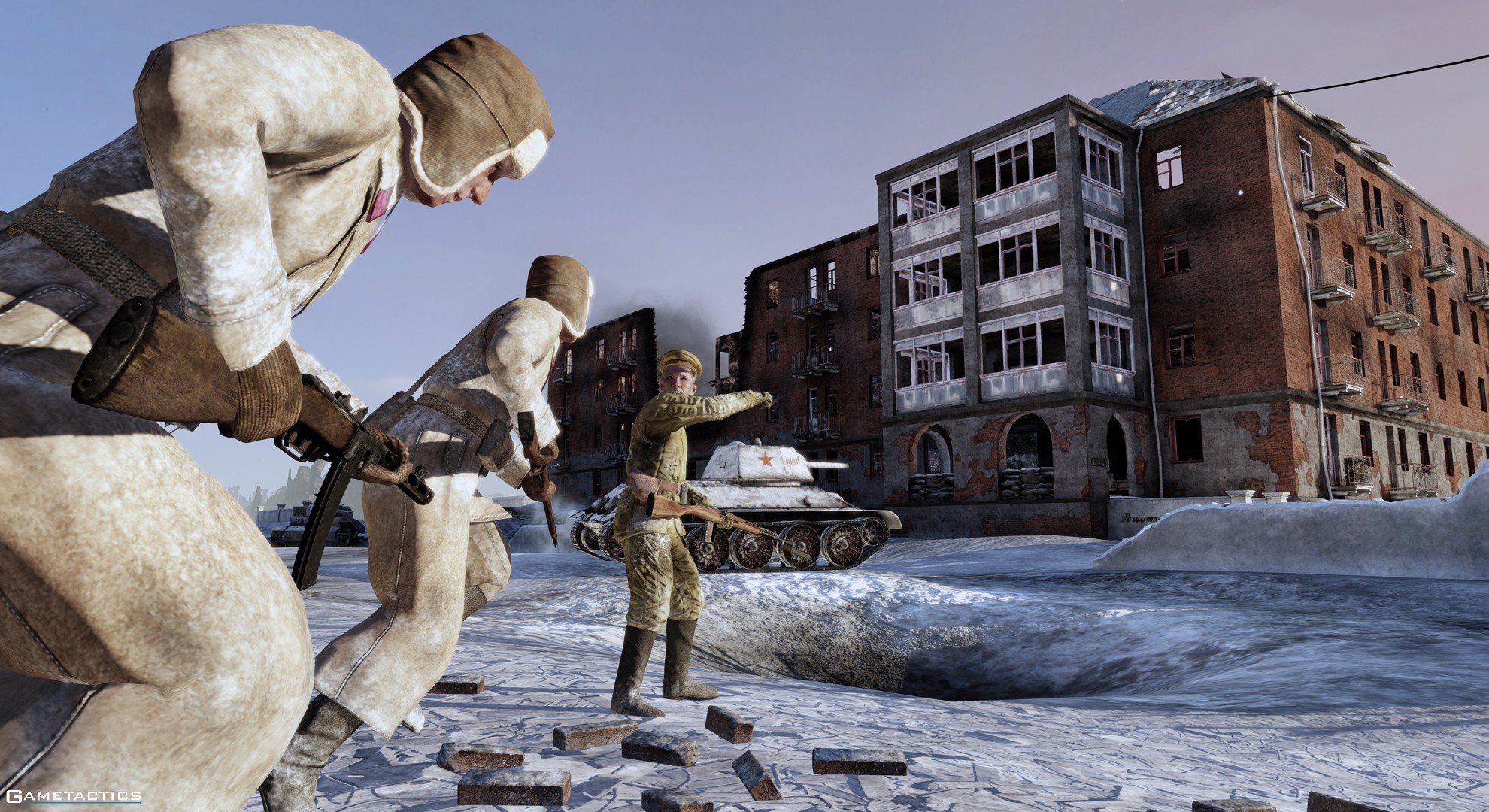
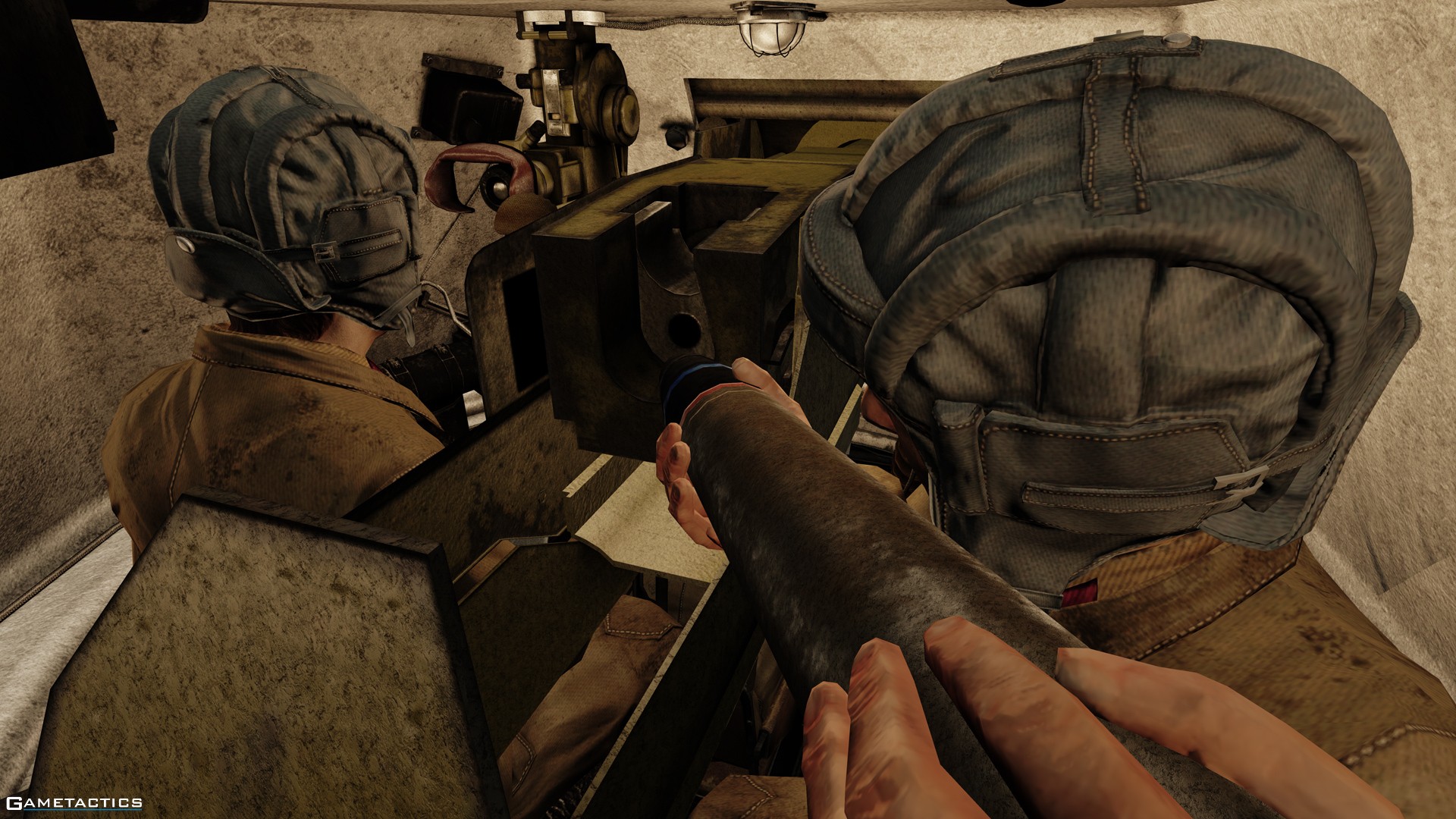
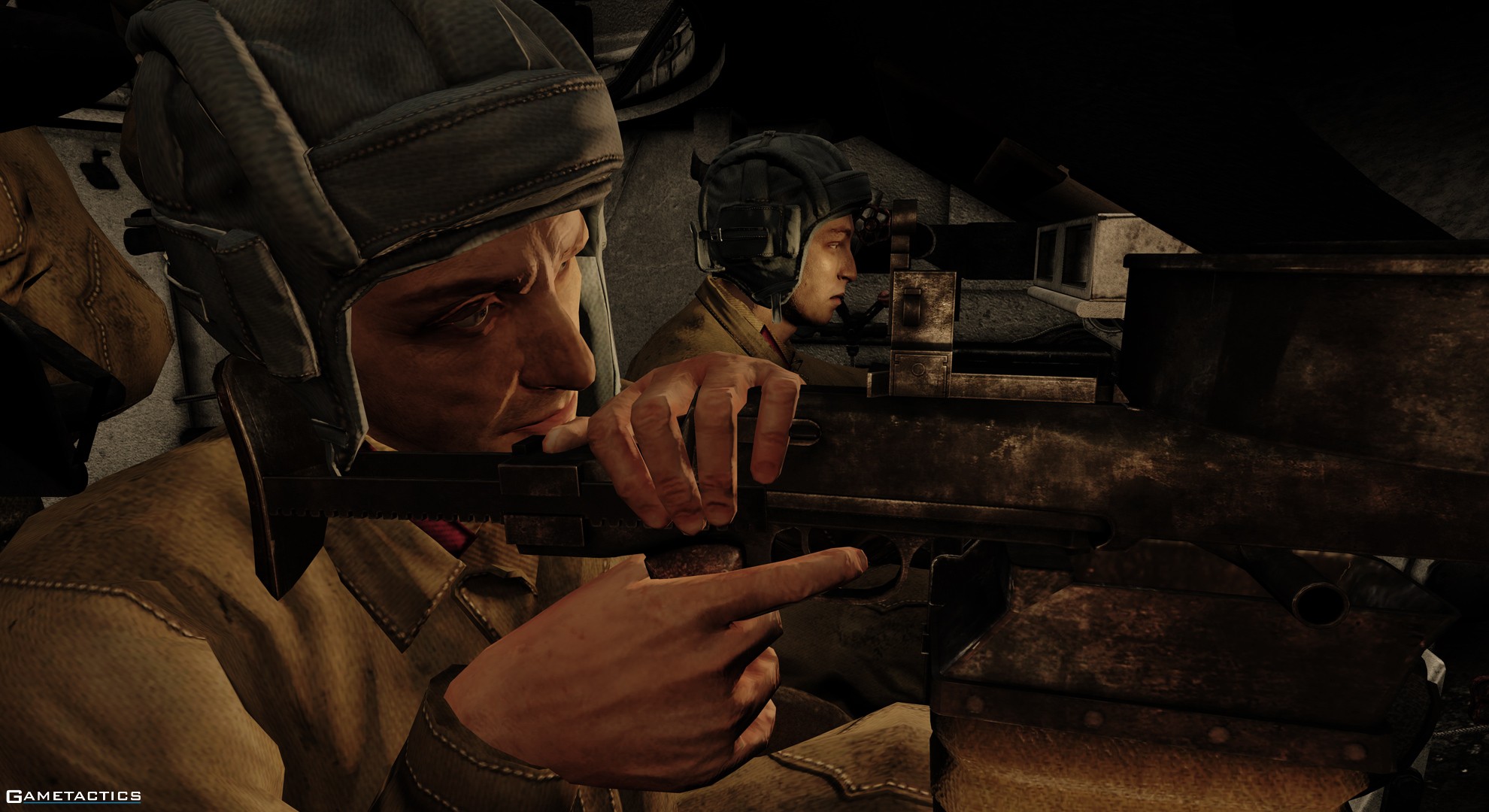
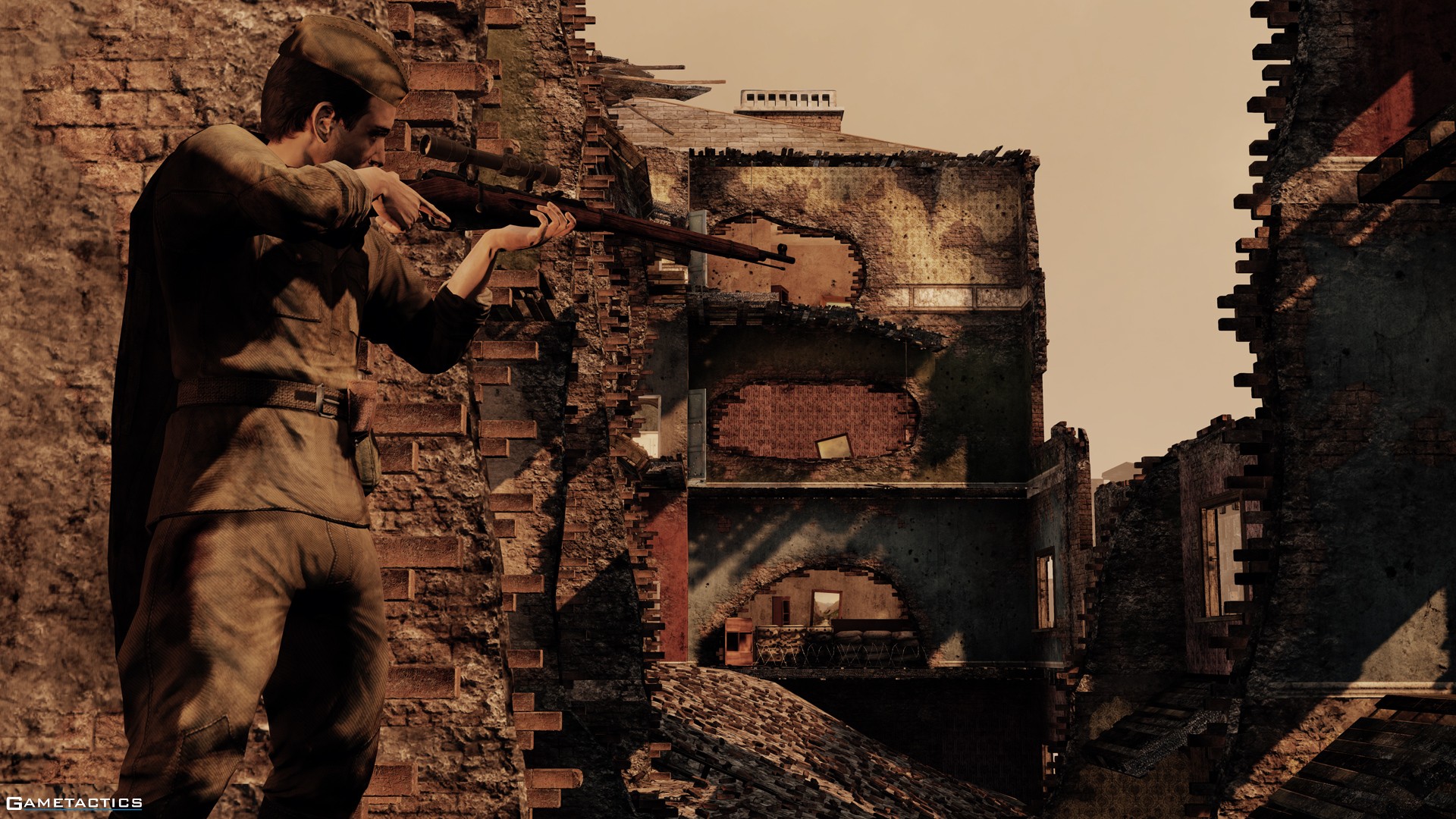
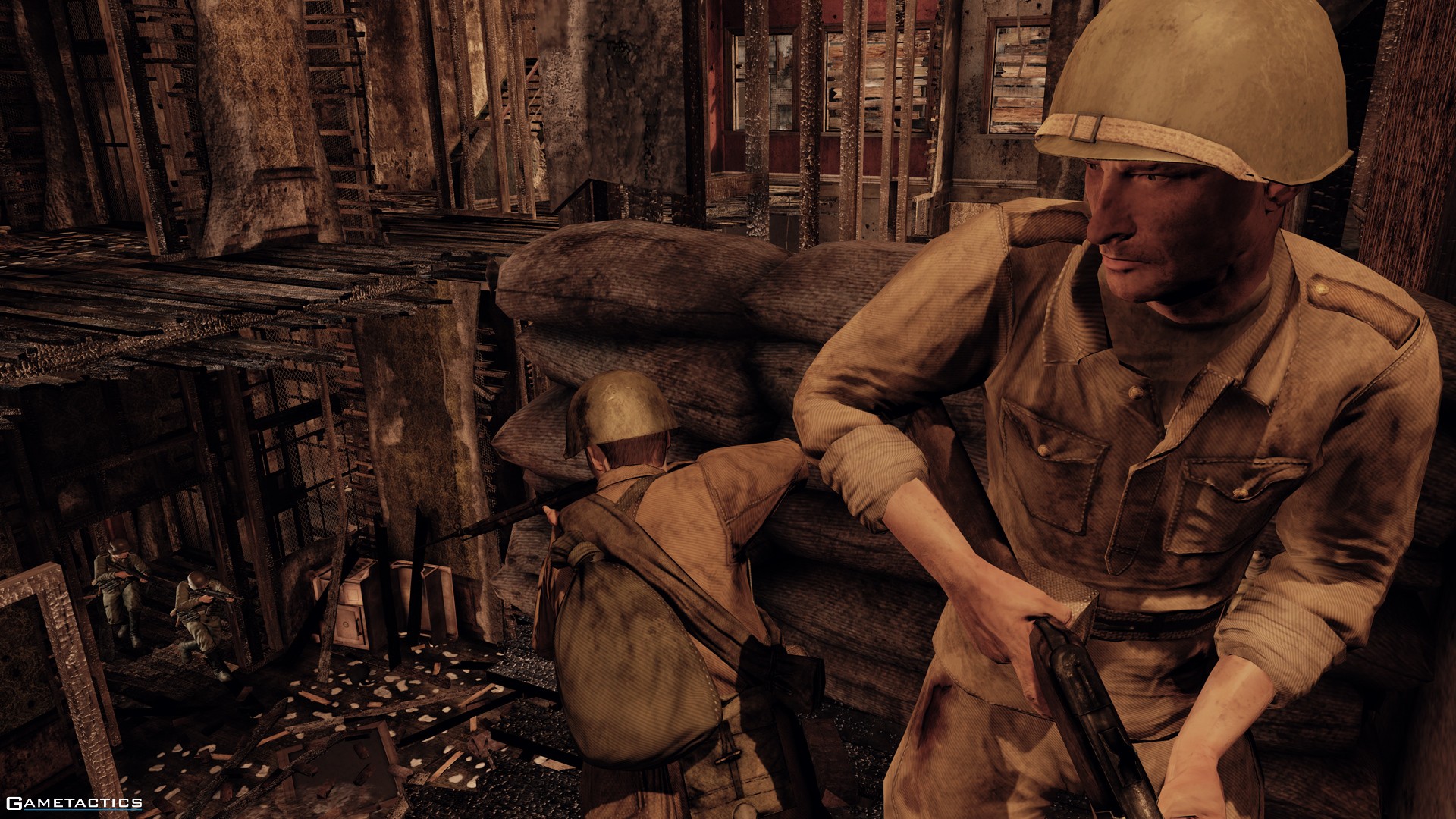
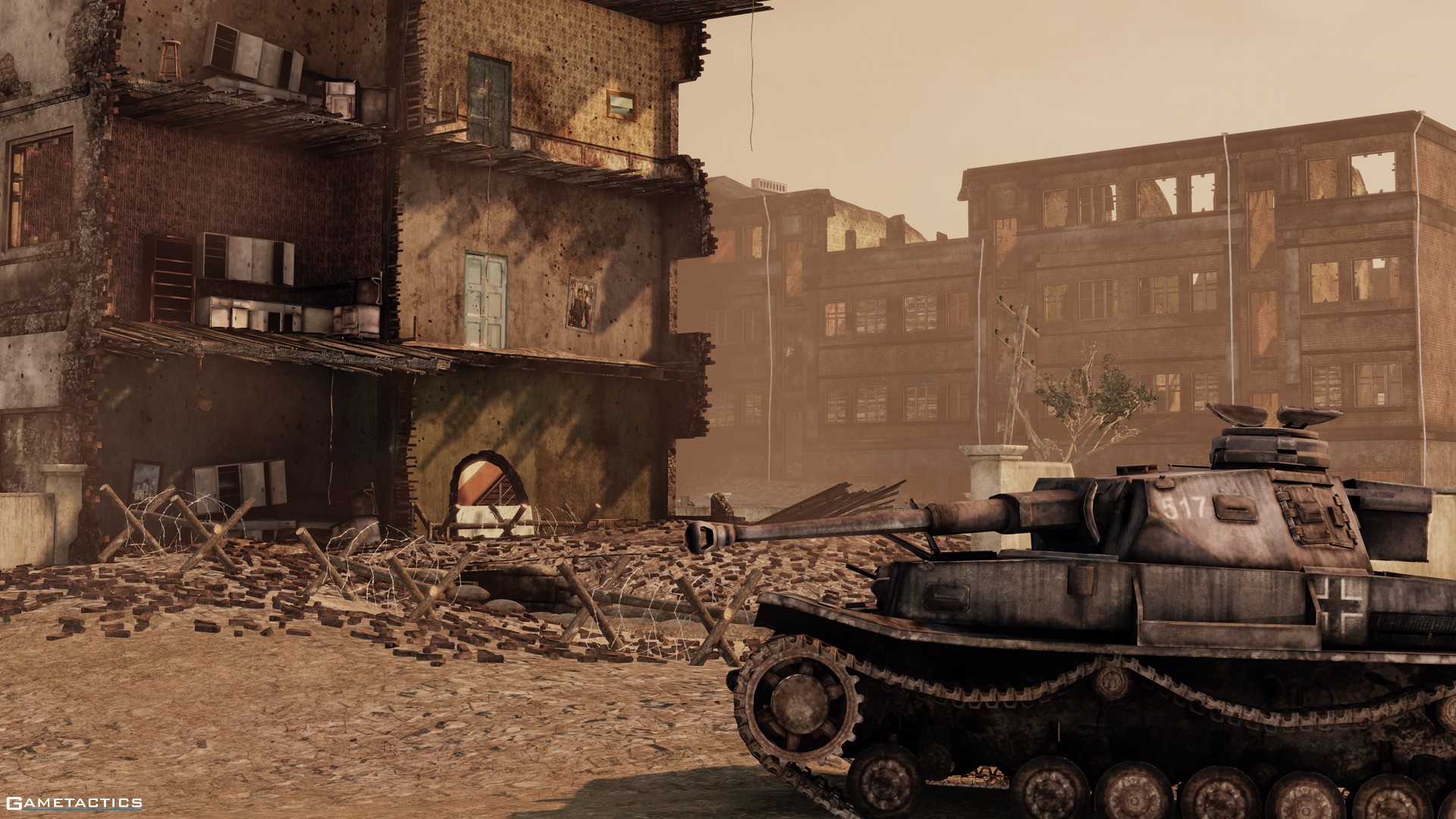
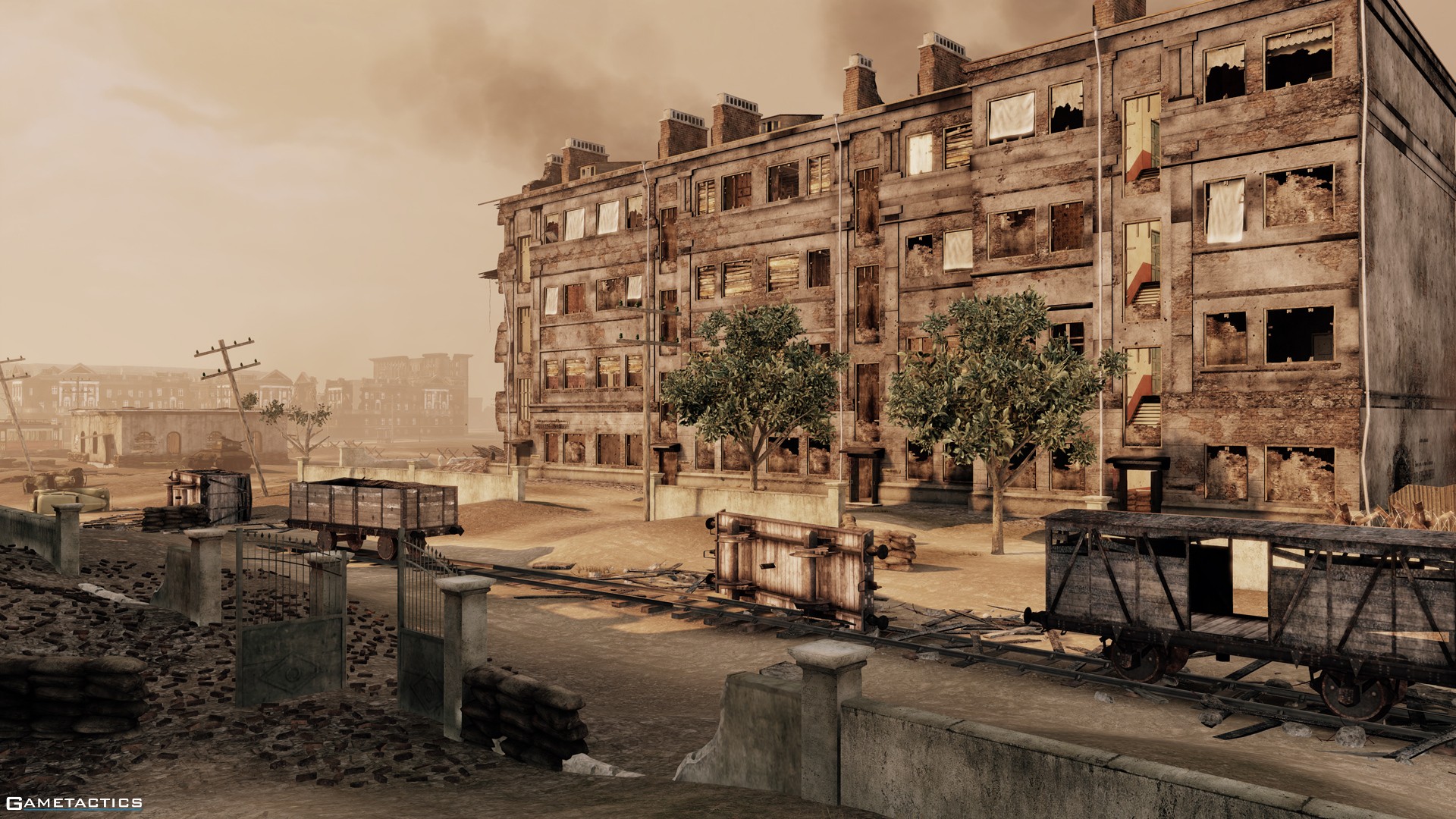
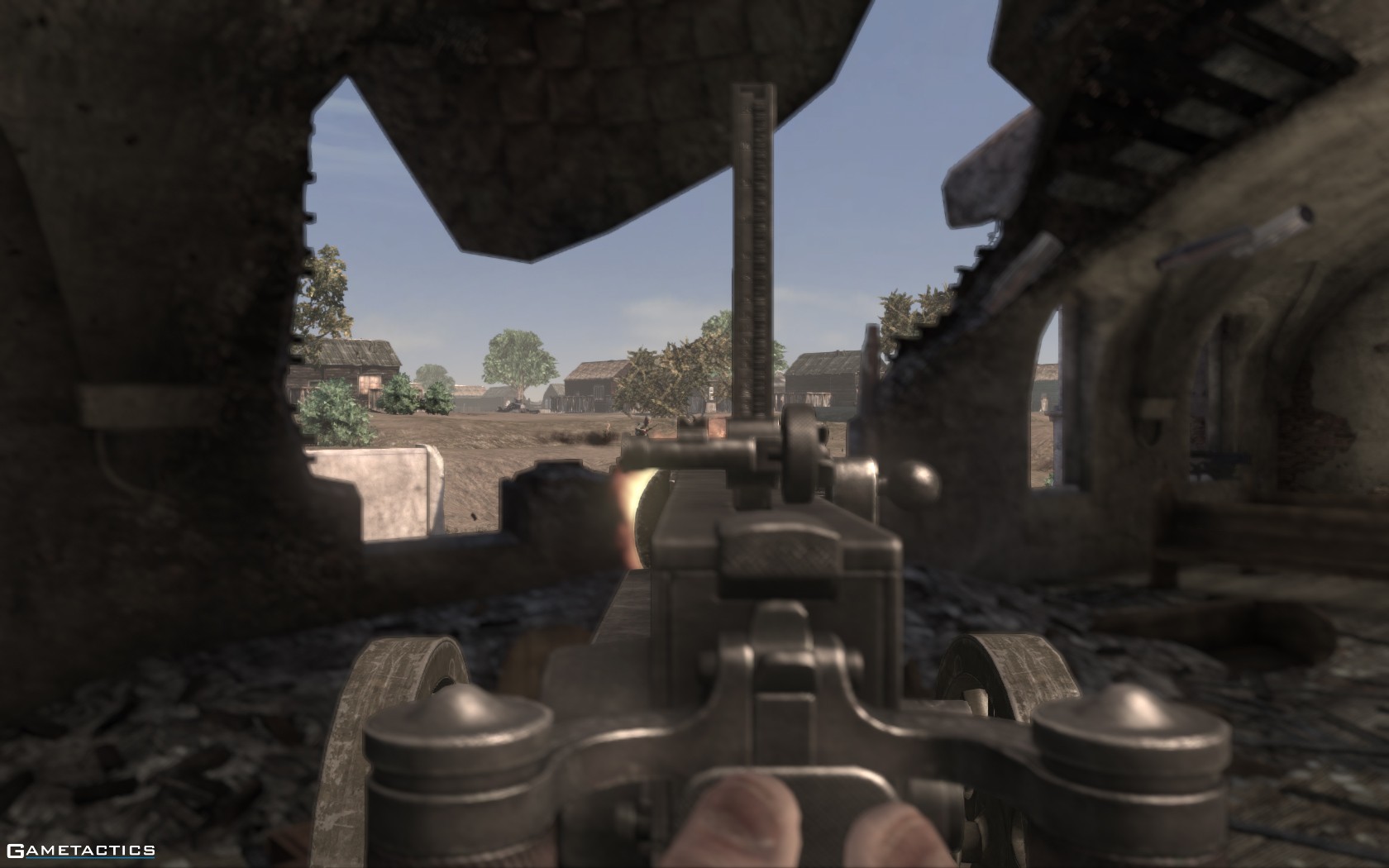

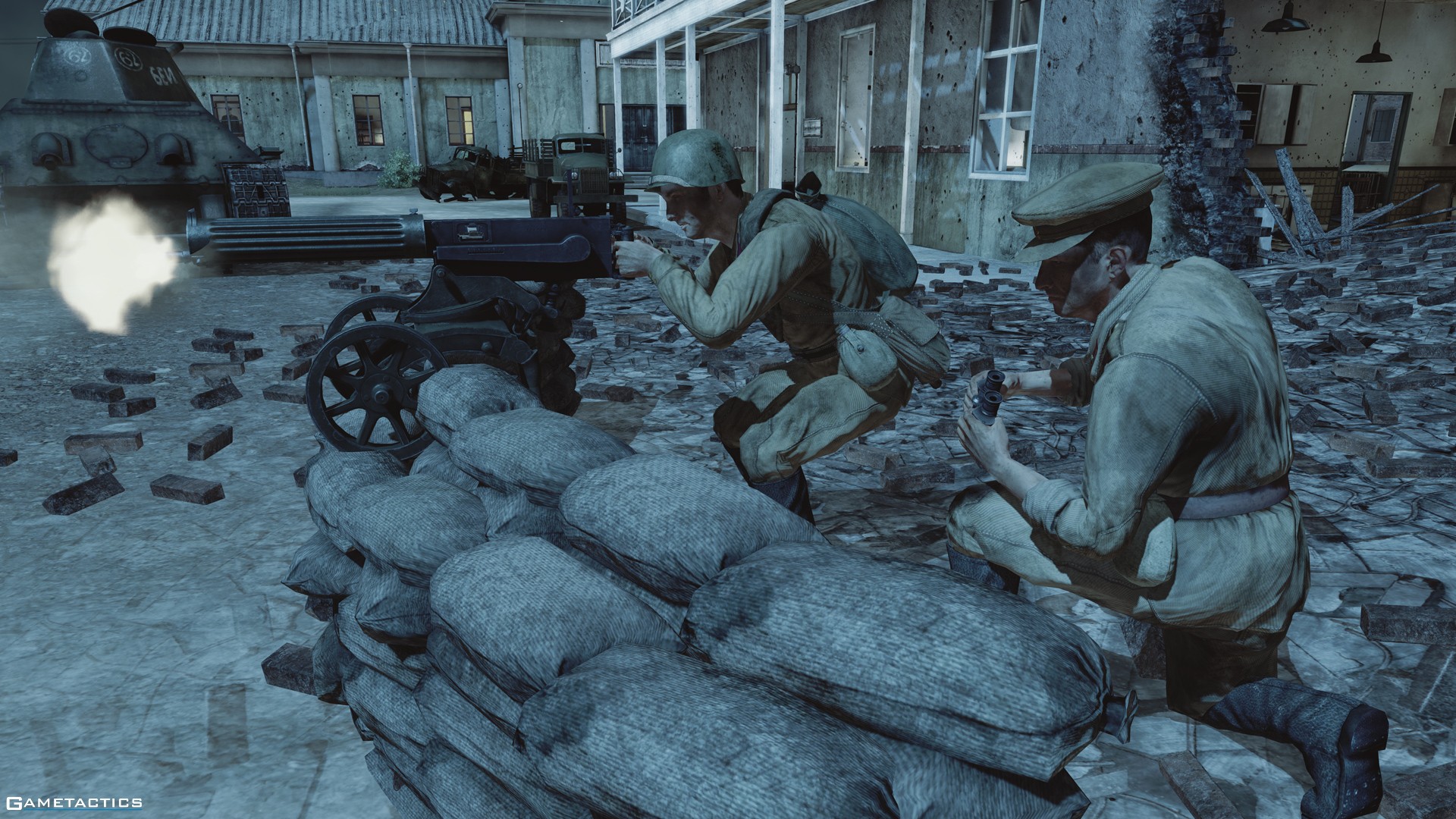
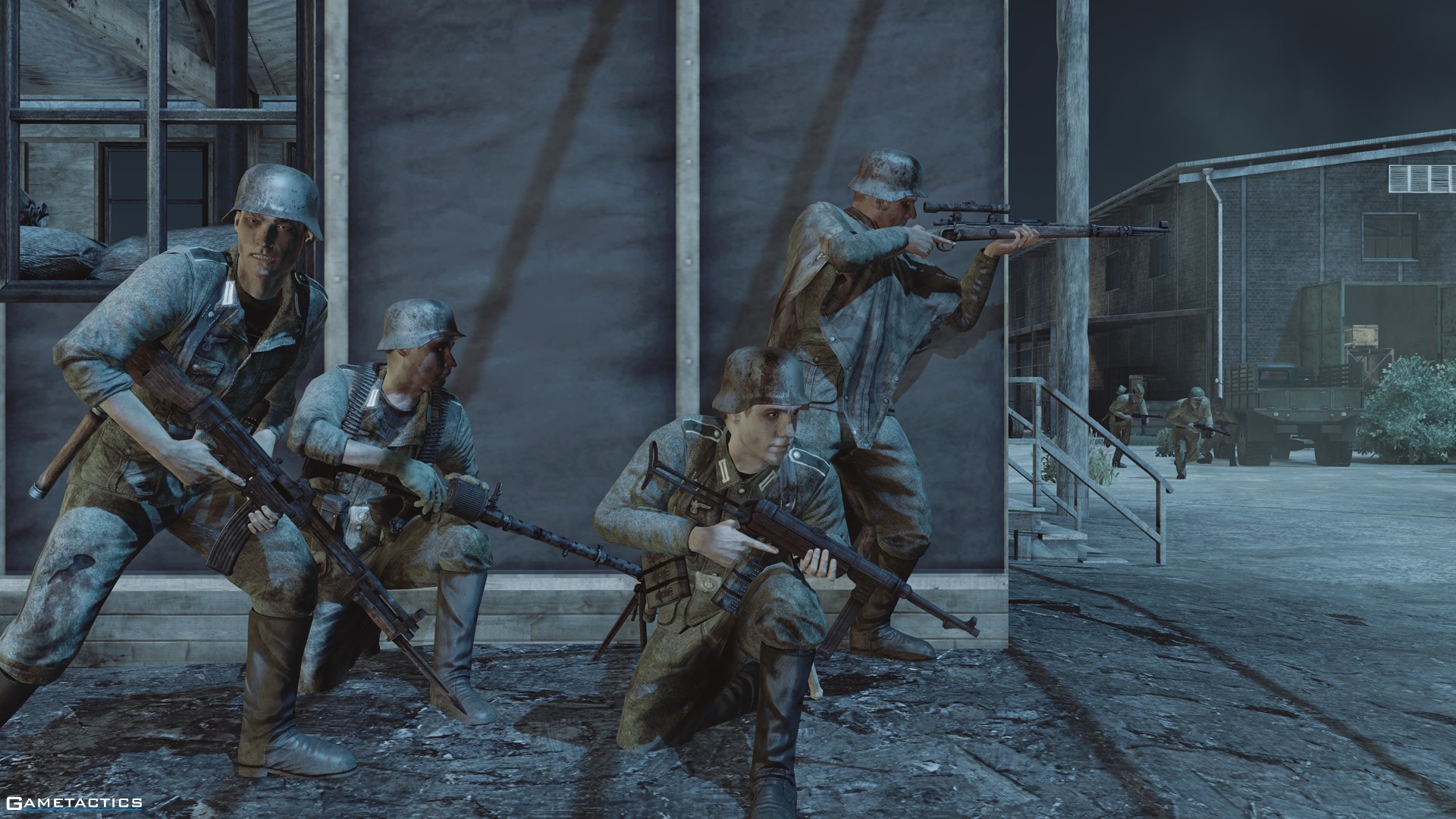
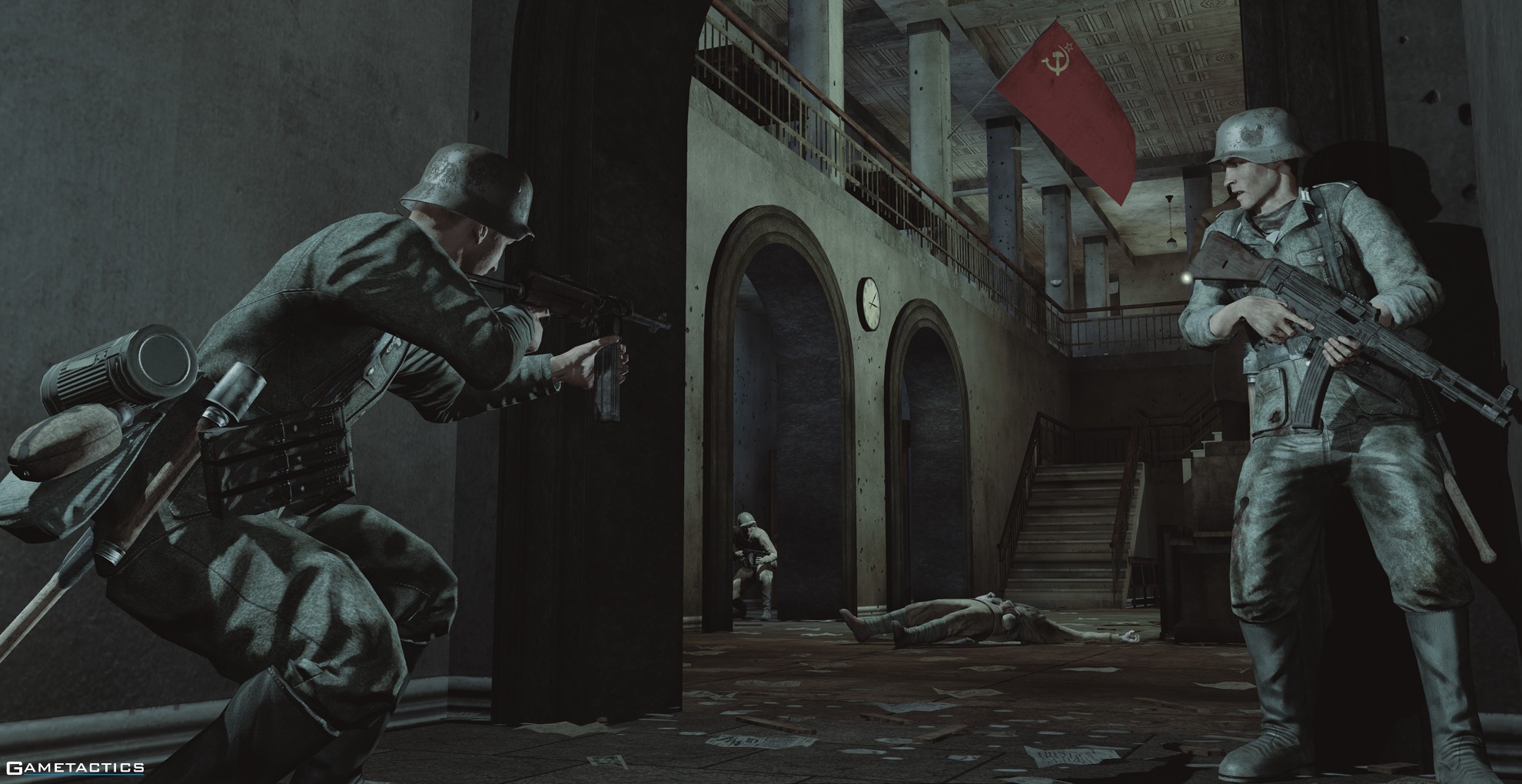


Before the bug fixes this game was terrible, it wouldn’t connect to steam, it crashed. Now it’s much better, good FPS game.